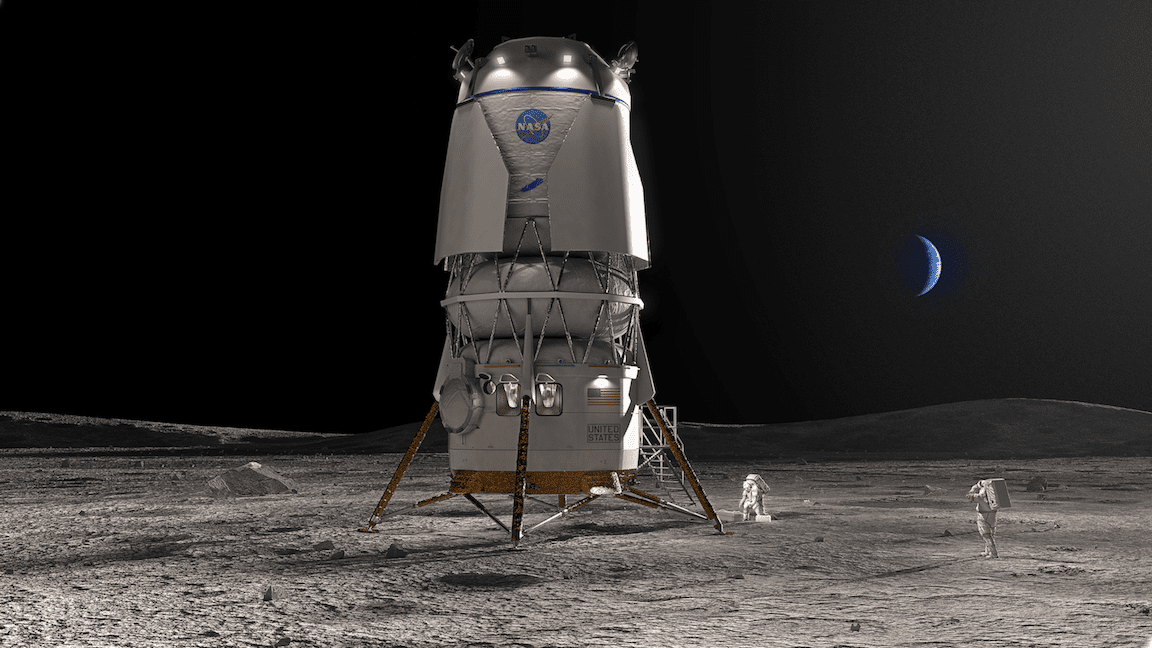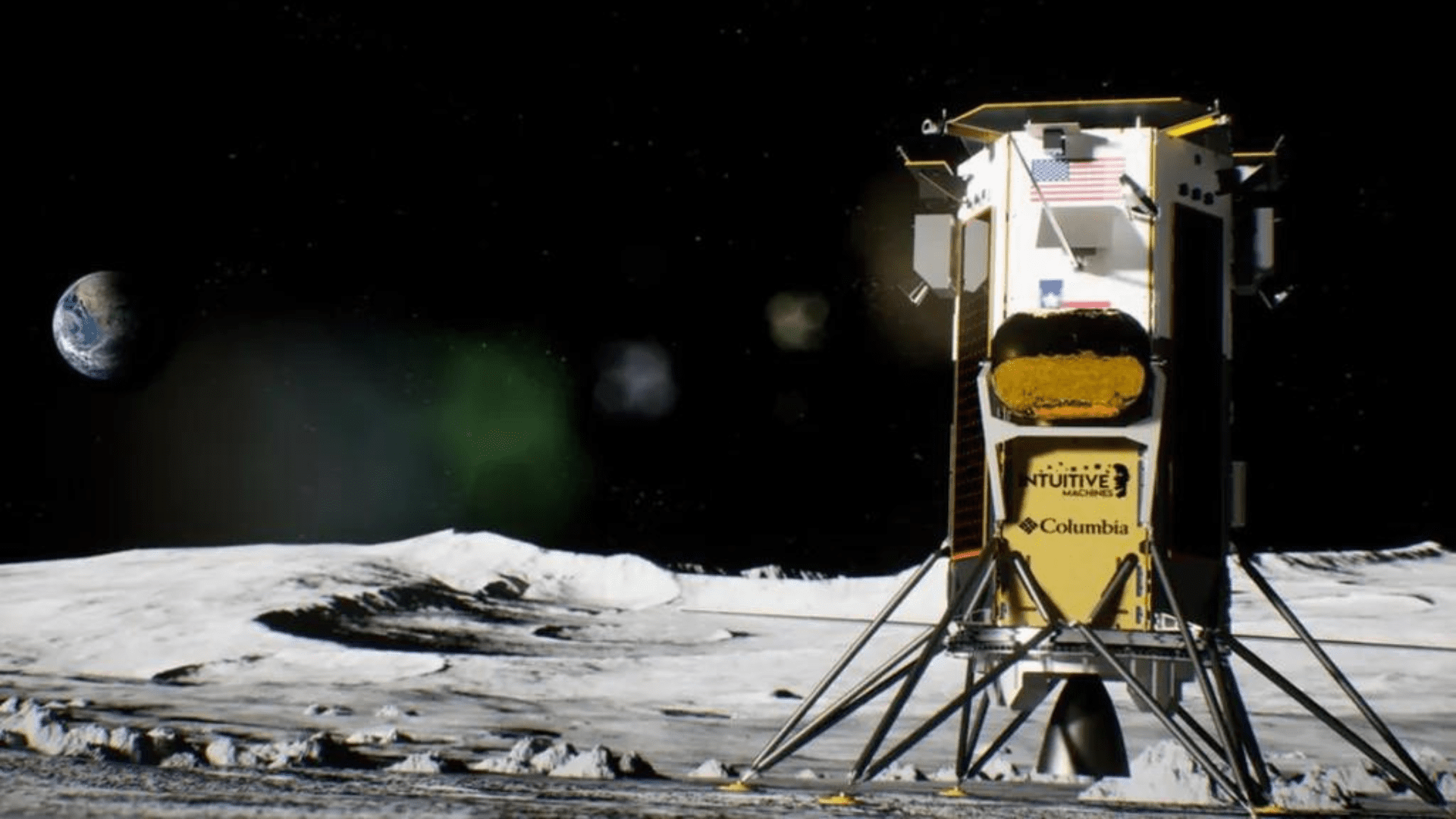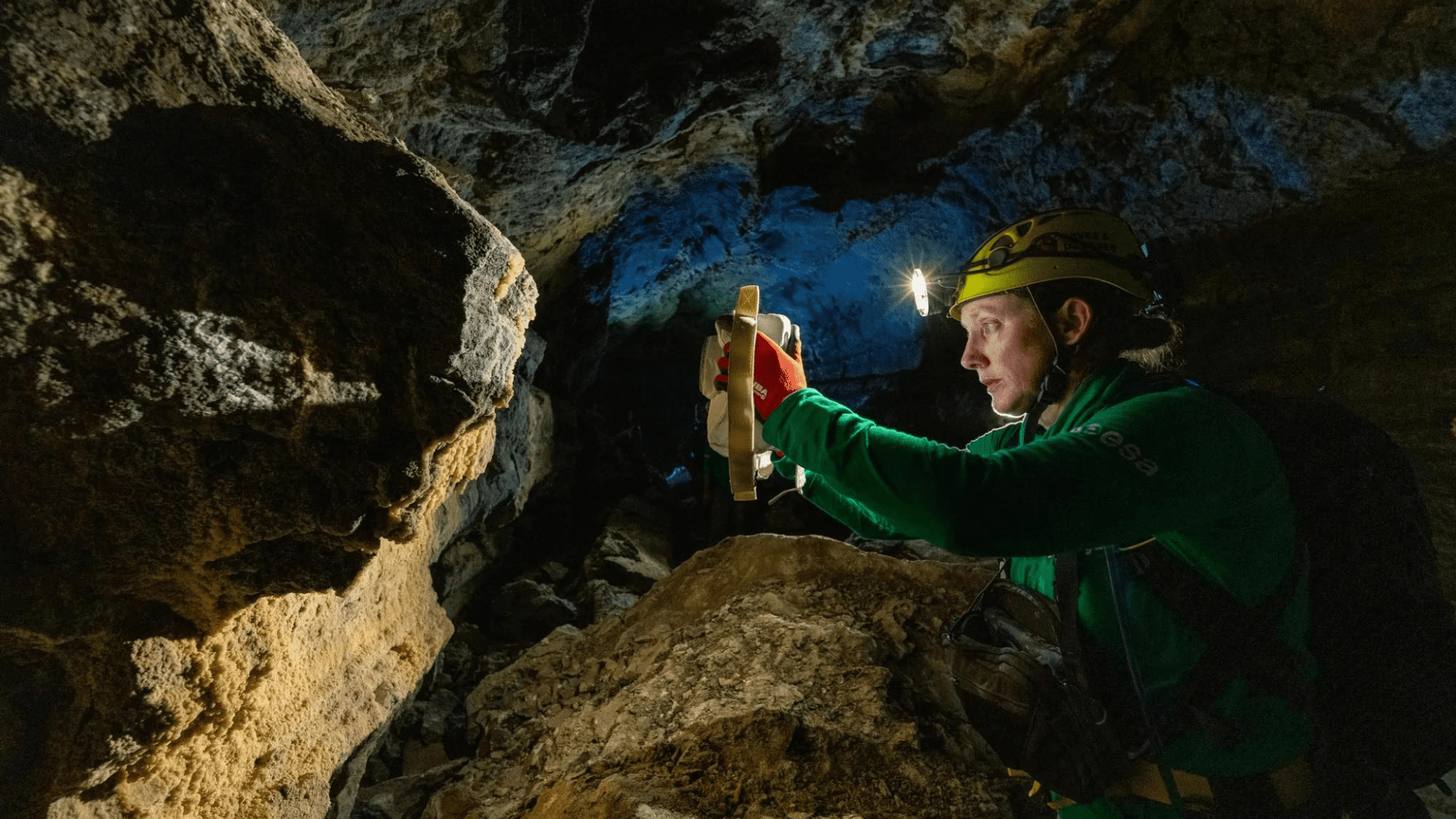On February 22, the Odysseus Lunar Lander became the first U.S. lander to touch down on the surface of the Moon in over 50 years. As Odysseus approached the Moon, the spacecraft’s landing guidance system faced a malfunction. More problems occurred when the lander, nicknamed “Odie,” fell on its side.
Odysseus
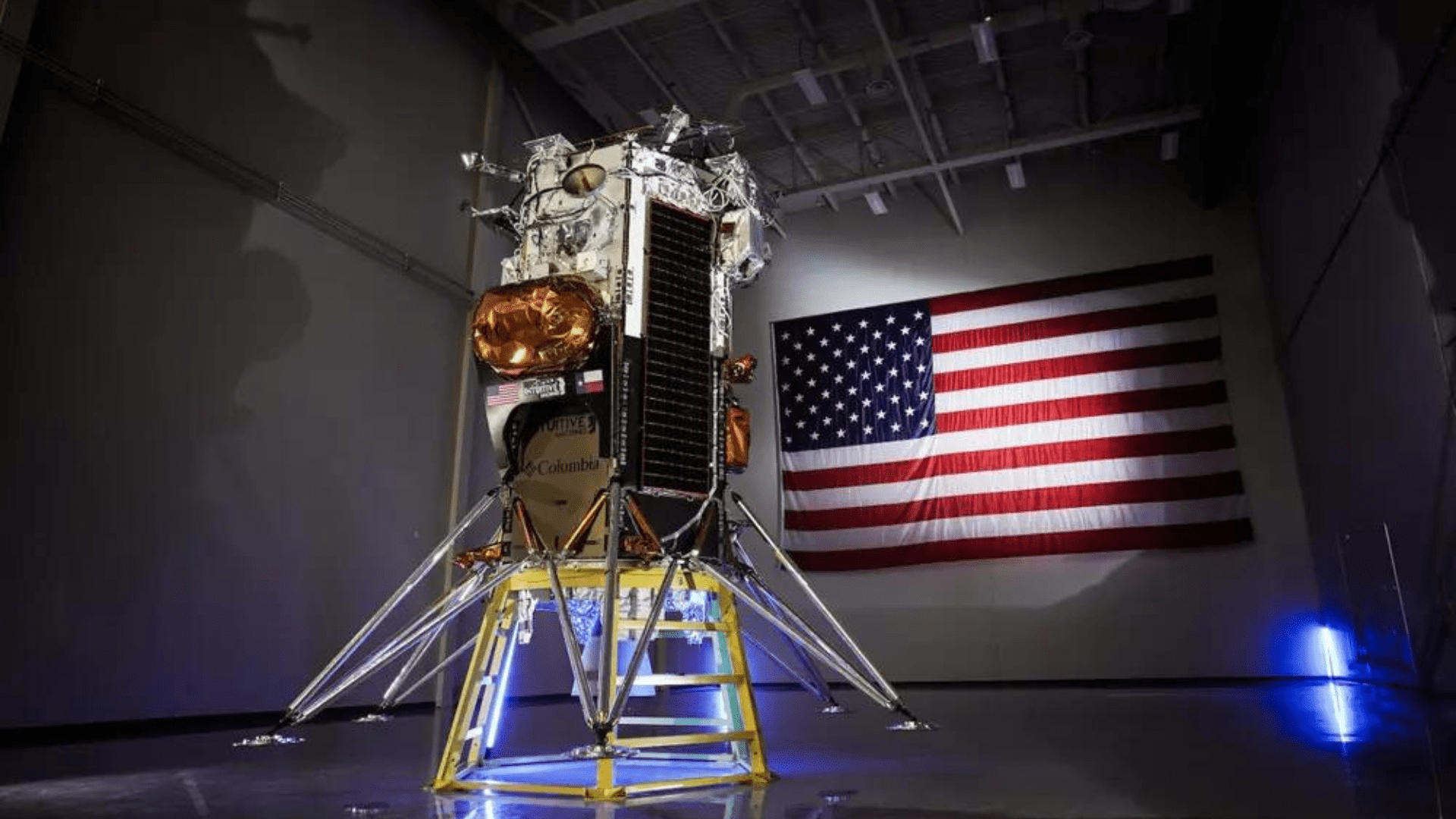
According to the company that built Odie, Intuitive Machines, the lander “permanently faded” and will not wake up again. Odysseus powered down a week after landing on the Moon but this was a scheduled sleep. As Odie slept, the region where the craft landed went dark for two weeks as the Moon’s south pole faced away from the Sun. Intuitive Machines hoped the lander would wake up after a three-week slumber. Unfortunately, the company never got a call back home.
Representatives from the company wrote on X, formerly known as Twitter: “Intuitive Machines started listening for Odie’s wake-up signal on March 20, when we projected enough sunlight would potentially charge the lander’s power system and turn on its radio.” On Saturday, March 23, the company concluded that Odie would not make another call home.
The company added, “This confirms that Odie has permanently faded after cementing its legacy into history as the first commercial lunar lander to land on the moon.”
Explore Tomorrow's World from your inbox
Get the latest science, technology, and sustainability content delivered to your inbox.
I understand that by providing my email address, I agree to receive emails from Tomorrow's World Today. I understand that I may opt out of receiving such communications at any time.
Odysseus sent a farewell image from the Moon before shutting down during the lunar night on March 1.
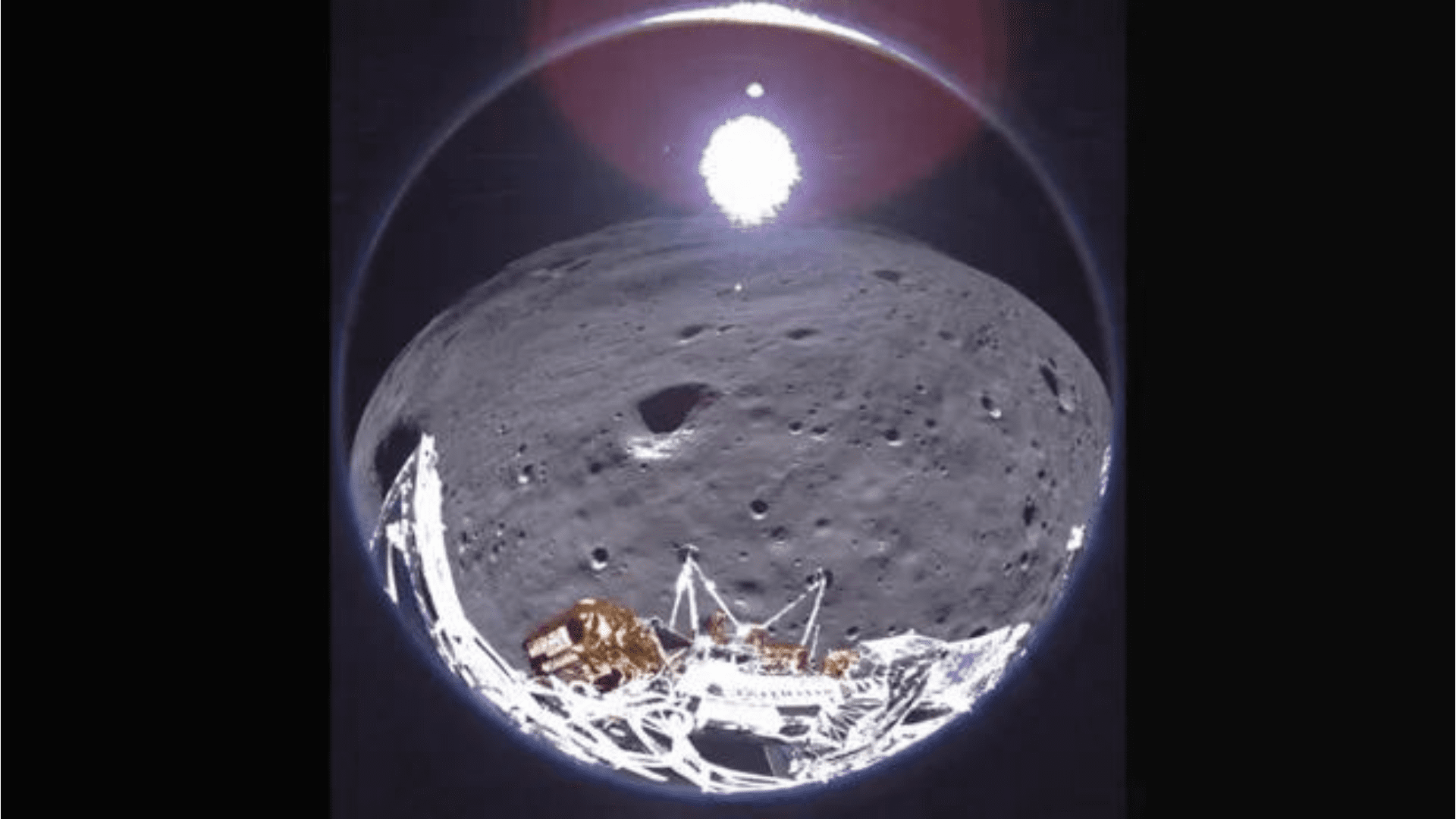
The Mission
Odysseus plays a major role in the future Artemis missions that will send a crew of astronauts to the lunar surface. The purpose of the lunar lander was to transmit valuable data back to Earth for future missions. Later this decade, the Artemis crew will take a journey to the south pole region of the Moon where Odie landed. Astronauts will search for water and other resources in this section and use the valuable information that Odysseus gathered before shutting down.
The lander is also equipped with technology to assist future missions. Its payload included a retroreflector array, a device contributing to a network of location markers on the Moon. Future autonomous navigation technologies will use these for communication and navigation.
On February 15, Odysseus launched atop a SpaceX Falcon 9 rocket from NASA’s Kennedy Space Center in Cape Canaveral, Florida. The lander entered the moon’s orbit on February 21 and completed a single tight loop above the lunar surface before slowing for landing.



